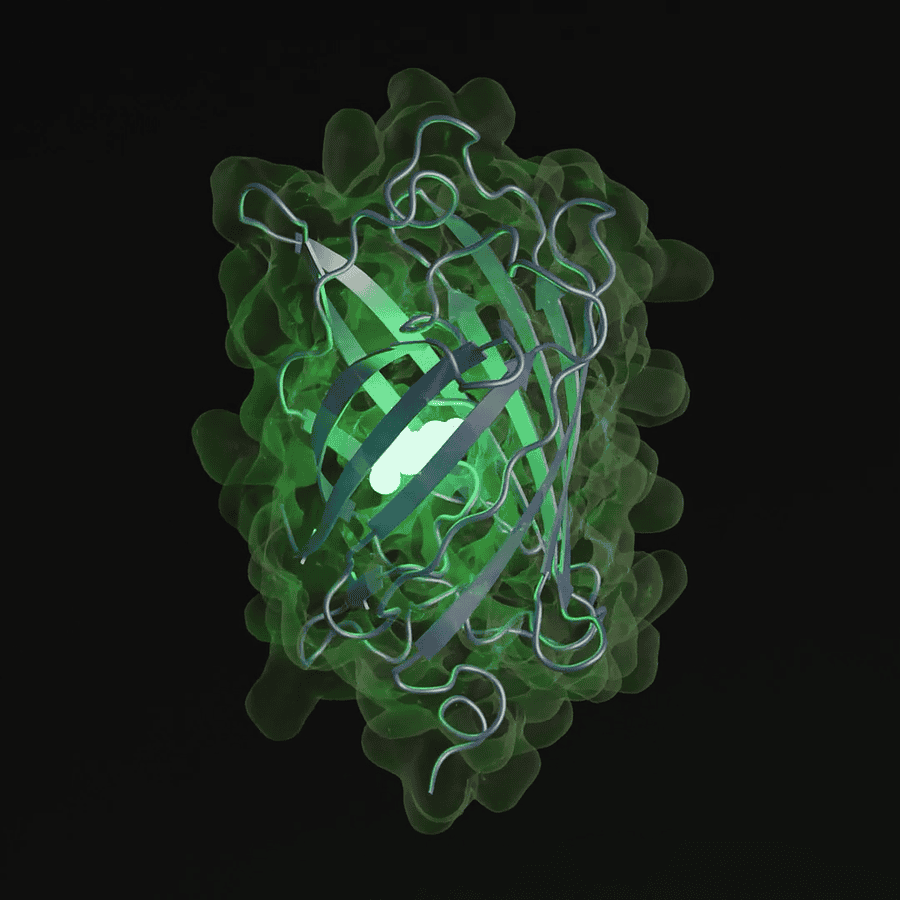What's ESM3, the new AI model that simulates 500 million years of evolution?
The startup has just secured $142 million in seed funding
Key notes
- EvolutionaryScale, formed by ex-Meta engineers, launched ESM3, an AI model for biology.
- ESM3, backed by $142 million in funding, can simulate 500 million years of protein evolution.
- It generated a new variant of Green Fluorescent Protein, esmGFP, much faster than natural evolution.

The talk in the AI space has been one thing recently. Sure, OpenAI’s GPT-4o is interesting, and so is its new Voice Mode that sounds seductive and ChatGPT desktop apps, but a new language model called ESM3 has just arrived. And, as described, it simulates 500 million years of evolution. How so?
Former Meta engineers teamed up to form EvolutionaryScale. It’s an AI lab where the model was created, and despite its novelty, managed to secure $142 million in seed funding supported by AWS and Nvidia. And, as announced recently, the lab’s new ESM3 model is said to be a “frontier language model for biology.”
By using ESM3, as described, the ex-Meta engineers managed to create a new variant of Green Fluorescent Protein (GFP), a protein that glows, which is very different from those found in nature. This new GFP variant would have taken 500 million years to evolve naturally, but ESM3 did it much faster.

ESM3, being trained on a vast amount of protein data from different environments, was able to develop an understanding of how proteins evolve. Then, it generated new protein sequences and mimicked years of natural evolution to create new protein sequences.
Among the many generated, they found new variants that fluoresced, including one called esmGFP, which had only 58% similarity to the closest known natural GFP but still functioned as a fluorescent protein.
The GFP is relatively rare in nature, only found in a few types of organisms like jellyfish and corals, for example.
“ESM3 takes a step towards the future where AI is a tool to engineer biology from first principles in the same way we engineer structures, machines and microchips, and write computer programs,” the company says, adding, “The power and potential of these new technologies call for a commitment to principles of responsible development, including transparency and accountability from the start.”
Read our disclosure page to find out how can you help MSPoweruser sustain the editorial team Read more




User forum
0 messages